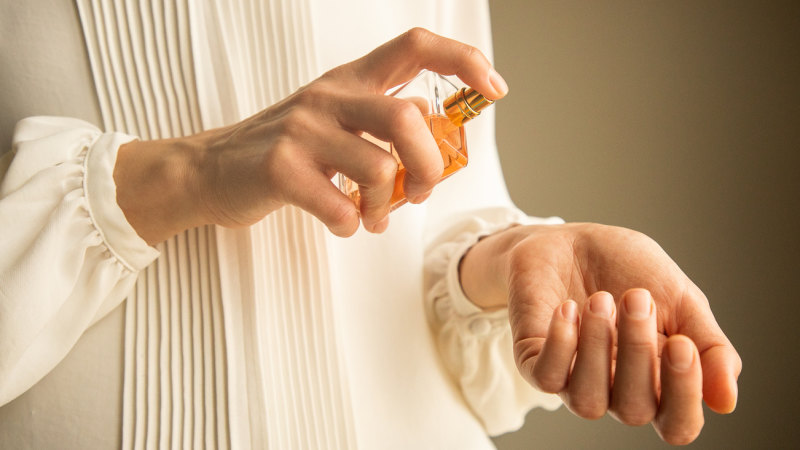This story is part of the June 2 edition of Sunday Life. See all 15 stories . When I wrote my book, Secrets of a Beauty Queen , I discovered the science behind our love of perfume.
It turns out there are sensory cells in the nose, mouth and throat that interpret smells and taste flavours. Microscopic molecules released by food, flowers, fragrance – anything with a scent – stimulate these sensory cells and send messages to the brain. This enables us to identify and remember an astonishing number of odours.

Microscopic molecules released by food, flowers, fragrance – anything with a scent – stimulate these sensory cells and send messages to the brain. Credit: iStock Our noses are designed to sniff out what is good for us and what is bad, so there is a reason we are attracted to scent of the sea or freshly cut grass, and repelled by the stench of rancid food. This is why olfaction (our sense of smell) is so powerful and evocative, something you can confirm by comparing your reaction to, say, a freshly baked cake, wood smoke, your children’s hair, a wet dog or roses.
In my book, I was inspired to narrow my fragrances down to my top five, the first being Chanel “No. 22” EDP ($365 for 75ml). I return to this time after time because it reminds me of my little sons’ freshly washed hair.
It’s a hypnotic floral/oriental scent, the aldehydes adding impact and oomph to the heady note of tuberose. All of my favourites have a story behind them that anchors them to my hear.
















